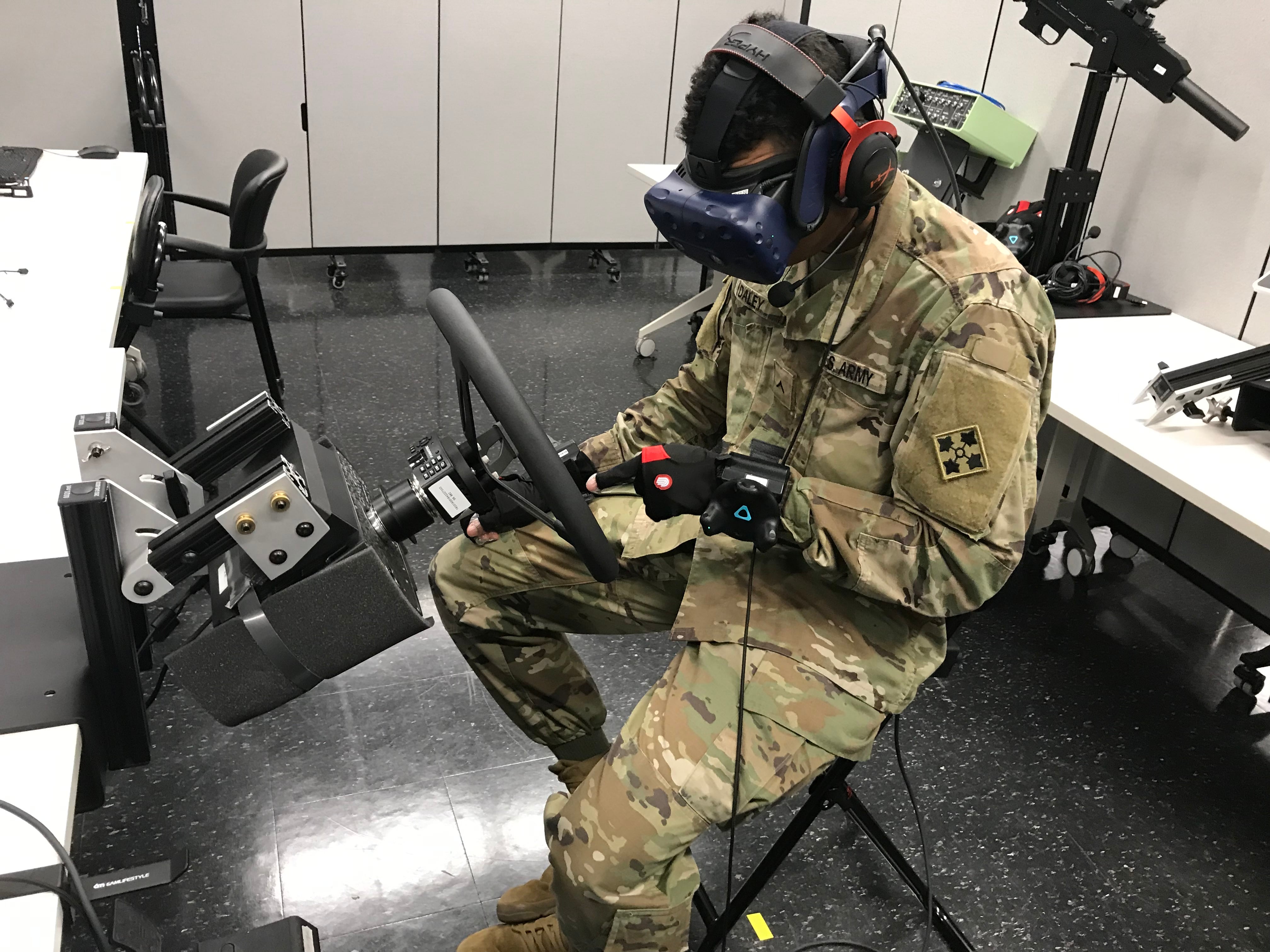ORLANDO, Fla. — As the U.S. military prepares for the release of its fiscal 2021 budget request, Air Force leaders have made clear that a massive financial hike is needed for multidomain command-and-control efforts to connect weapon systems across the joint force.
As part of that initiative, it will also be critical for the military to link together simulators so service members can replicate combat on a massive scale, Air Force Vice Chief of Staff Stephen Wilson said during a speech Tuesday at the Interservice/Industry, Training, Simulation and Education Conference.
“I know you spent a lot of time yesterday about how to connect and integrate simulators from across our various weapons systems. I can't overstate how important that is,” he said. “Individual weapon system simulators can help our men and women become proficient tacticians, but it’s their ability to integrate and connect that will differentiate us against a peer threat. And no one is going to win alone."
Click here for more from I/ITSEC.
Wilson said the Air Force plans to spend “a lot of money in this next five-year defense plan” on multidomain command and control, but he did not detail how much funding the service might ask for, or whether that sum will include investments in technology to network together simulators.
The service is still in the earliest stages of identifying how to connect its aircraft and space assets with the joint force to fight advanced, near-peer threats like Russia and China. The same goes for its aircraft simulators, which are largely detached from each other.
RELATED

An Air Force program called Simulator Common Architecture Requirements and Standards, or SCARS, will start to transform the simulation enterprise and make it more interconnected, said Col. Phillip Carpenter, the Air Force’s senior materiel leader for the simulators program office.
“It’s an effort to make the entire portfolio more modular, more open-system,” he told Defense News in an exclusive interview. “I’m not going to say [SCARS] is the solution to all of our problems,” but it will “help lay that groundwork so that we become much more interoperable across the board.”
Under SCARS, the Air Force wants to create a common, open architecture for its simulators that will impose stricter cybersecurity standards and make it easier for the service to update simulators with new capabilities or threat information. The goal, Carpenter said, is to have a fleet of simulators that can remotely receive software updates, much like a smartphone.
The Air Force released a SCARS request for proposals in December 2018 for a 10-year contract worth up to $900 million, according to Bloomberg. The service intends to award a contract for SCARS in 2020 and has received a lot of interest from industry, Carpenter said.
Carpenter was clear that SCARS — at least how it is currently conceived — will not enable the Air Force to carry out the type of scenarios Wilson spoke about: large-scale, simulated air operations involving simulators of many different airframes. To achieve that, “we need to work on some of the security pieces so that we can allow multilevel security or some of these other aspects that would allow totality of these systems to participate and fight like they would actually fight in a real world,” Carpenter explained.
But Carpenter believes there is potential for other parts of the Air Force — like its space, cyber and intelligence community — or even the other services to adopt SCARS or an architecture that is compatible with it.
“I think there is great potential for SCARS to be more than something for just aircraft simulators,” he said. “If somebody is off building a system outside of our portfolio, if it’s built to a common standard, I think that would effectively make all the systems, whether they’re in our portfolio or not, more interoperable.”
Valerie Insinna is Defense News' air warfare reporter. She previously worked the Navy/congressional beats for Defense Daily, which followed almost three years as a staff writer for National Defense Magazine. Prior to that, she worked as an editorial assistant for the Tokyo Shimbun’s Washington bureau.








